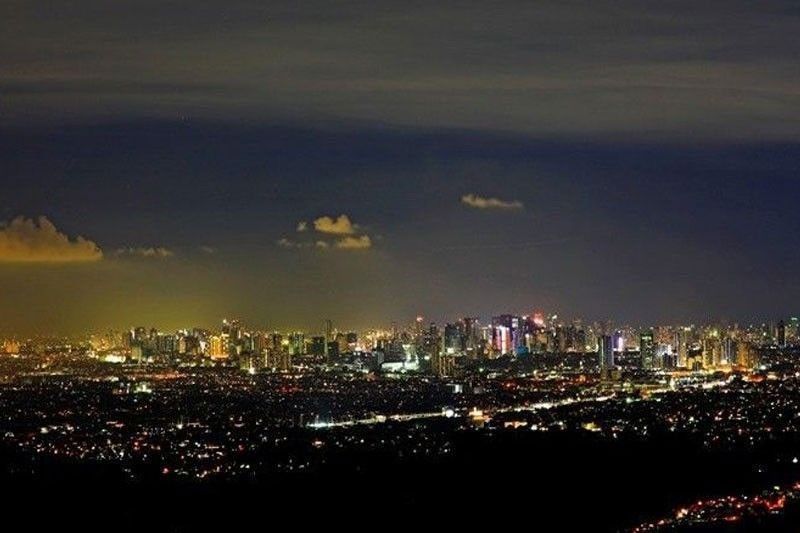World Bank hikes Philippines 2022 GDP forecast to 6.5%

MANILA, Philippines — The World Bank has raised its growth forecast for the Philippines this year, citing strong recovery in consumption.
In the East Asia and the Pacific Economic Update October 2022 report released yesterday, the World Bank now expects the country’s gross domestic product (GDP) growth at 6.5 percent for this year, up from the 5.7 percent forecast it provided in April.
The World Bank’s forecast is at the low end of the 6.5 percent to 7.5 percent growth target set by the government for this year.
World Bank East Asia and Pacific chief economist Aaditya Mattoo said in a press briefing yesterday that the main reason for the GDP forecast revision “is the strong bounceback of private consumption in the Philippines, as in most countries in the region.”
He said the country, which got a boost from election spending, has seen a revival in both public and private investment, improving exports and tourism.
“While some aspects of the Philippines’ monetary policy may have been tightened, fiscal policy seems to us at least a little bit more accommodative. And therefore, that is the reason we upgraded,” he said.
The World Bank’s GDP forecast shows the Philippines is expected to post the second fastest growth among countries in East Asia and the Pacific this year next to Vietnam, which is projected to grow by 7.2 percent.
The Philippine economy grew 7.8 percent in the first semester.
Last year, the economy posted a 5.7 percent growth.
For next year and 2024, the multilateral lender said in its Macro Poverty Outlook that the economy is seen to grow by 5.8 percent on average.
The new forecast is higher than its earlier projection of 5.6 percent growth on average for the next two years, but below the government’s 6.5 percent to eight percent annual growth goal for next year and 2024.
“In 2023-24, growth is expected to moderate as pent-up demand fades, inflation stays elevated and public investment slows amid limited fiscal space,” the World Bank said.
The headline inflation rate was at 6.3 percent in August, easing slightly from the 6.4 percent in July due to slower increases in food and transport prices.
From January to August, inflation averaged 4.9 percent, higher than the central bank’s two to four percent target for the year.
“While economic growth is picking up, the threat of inflation can erode these gains. Since food and energy account for about 70 percent of household expenditures for the poor, the sharp price spikes will erode their purchasing power,” the World Bank said.
It said other risks to the outlook include the prolonged war in Ukraine, which could heighten market uncertainty and temper investment prospects.
A sharper-than-expected slowdown in advanced economies may also dampen Philippine exports. In addition, food security may be challenged, given the country’s low agricultural productivity.
“Climate-related disasters pose a risk to lives and livelihoods and may impose additional fiscal costs to the government,” the World Bank said.
- Latest
- Trending



























